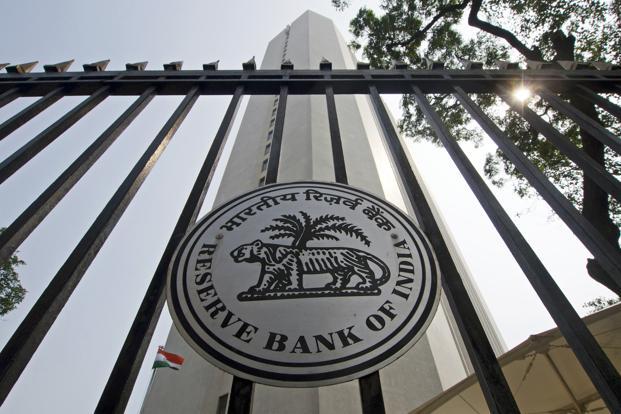For state-run banks that make up almost three-quarters of the Indian banking industry, fiscal 2013 was a nightmare, with most of them hit by a surge in bad assets. At least three state-controlled banks had gross non-performing assets (NPAs) at more than 5% of their total loans as of December—a level last seen many years ago—and many more at between 3% and 5%. The gross NPAs of 40 listed Indian banks rose to Rs.1.79 trillion in December from Rs.1.25 trillion a year ago, an increase of 43.1%. After making provisions, their net NPAs grew at an even faster pace, around 55%. Banks are yet to announce their earnings and other data for the March quarter.
This trend is unlikely to be reversed in the new fiscal as the Indian economy will not return to a high growth path anytime soon and the threats of high retail inflation and record current account deficit are for real.
To be sure, the bad assets would have risen even more, but for large-scale restructuring of loans by banks. Total recasts through the so-called corporate debt restructuring (CDR) route crossed Rs.2 trillion in December. In the October-December quarter, banks restructured Rs.24,584 crore of loans, up from the Rs.19,544 crore they had recast in the previous quarter, taking the pile of recast assets through the CDR route to Rs.62,085 crore in the first three quarters of fiscal 2013—about 50% more than the whole of the previous year. Overall, banks have restructured loans worth Rs.2.12 trillion through the CDR platform but the actual figure could be double this estimate as they have also recast loans given to companies bilaterally. Under CDR, banks typically stretch the loan repayment period for stressed companies, offer a moratorium and reduce lending rates.
With the Reserve Bank of India (RBI) asking banks to set aside more money for restructured assets, they won’t have any incentive to recast loans any more. In the best-case scenario, the quality of assets may not deteriorate further in fiscal 2014, but any dramatic improvement on this front is unlikely even as Asia’s third largest economy may limp back to a 6% growth rate, more than one percentage point lower than the average annual growth in the first decade of the 21st century.
photo
There won’t be any dramatic drop in interest rates as well—which can bolster corporations’ ability to borrow and repay—as RBI in its March policy review had clearly stated that the headroom for monetary easing is quite limited. Following a quarter percentage point cut in March, the policy rate is now 7.5% and banks’ cash reserve ratio (CRR), or the portion of deposits that commercial banks need to keep with the central bank, is 4%, a level last seen in December 1974. Diehard optimists are expecting a half to a three-quarter percentage point cut in the policy rate in fiscal 2014 in phases, but that will not change overnight the banking landscape and kick-start the investment cycle, key to reviving economic growth. While the cost of borrowing may come down marginally for companies and individuals, banks will not find it easy to satiate their appetite for funds after meeting the government’s record Rs.5.79 trillion borrowing this year to bridge the fiscal deficit. In other words, even if companies want to invest, they will not get money on a platter. Not a good omen for the economy.



